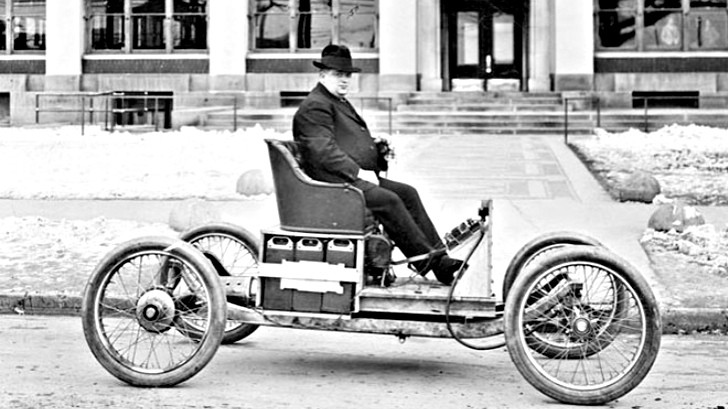The most common type of batteries used in pretty much anything from your mobile phone to electric cars are lithium-ion batteries. They have been steadily developed over the years and, now, they (almost) meet our electricity storage needs. However, according to Science Daily, nickel-iron batteries, a technology first used by Thomas Edison at the turn of the 19th century to power early EVs, have been given another chance by scientists at Stanford University.
Apparently, nickel-iron batteries fell out of favor with automakers in the 1970s as they took too long to charge, as well as discharge and thus could not offer enough juice on demand, thus limiting the performance of whatever electric motor they were happening to be powering, as Stanford chemistry professor, Hongjie Dai so simply states: "A typical battery can take hours to charge, and the rate of discharge is also very slow."
However, scientists claim to have solved the problem of slow charge and discharge, and have sped it up 1000-fold, by using cutting edge tech like graphene and carbon nanotubes. The purpose of the research is to possibly get this type of battery to power a car’s auxiliary systems, store energy regenerated by braking as well as provide on-demand extra performance.
However, scientists claim to have solved the problem of slow charge and discharge, and have sped it up 1000-fold, by using cutting edge tech like graphene and carbon nanotubes. The purpose of the research is to possibly get this type of battery to power a car’s auxiliary systems, store energy regenerated by braking as well as provide on-demand extra performance.
